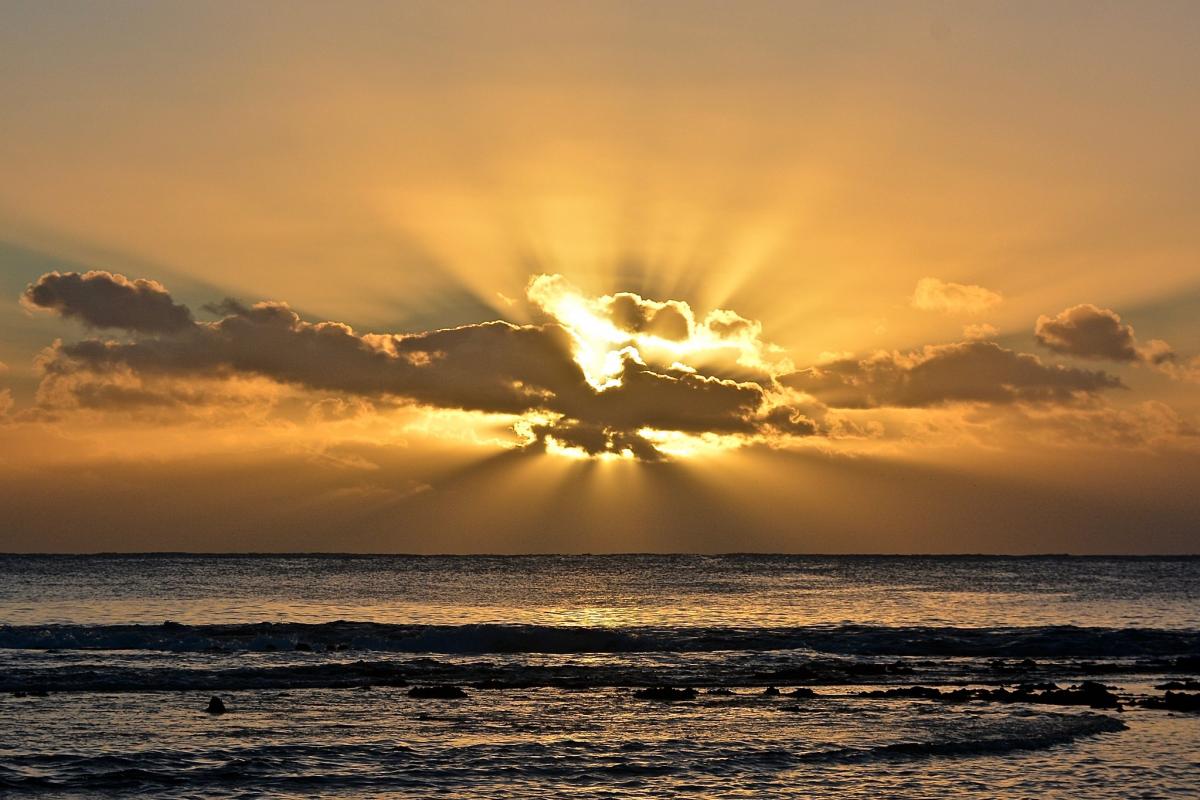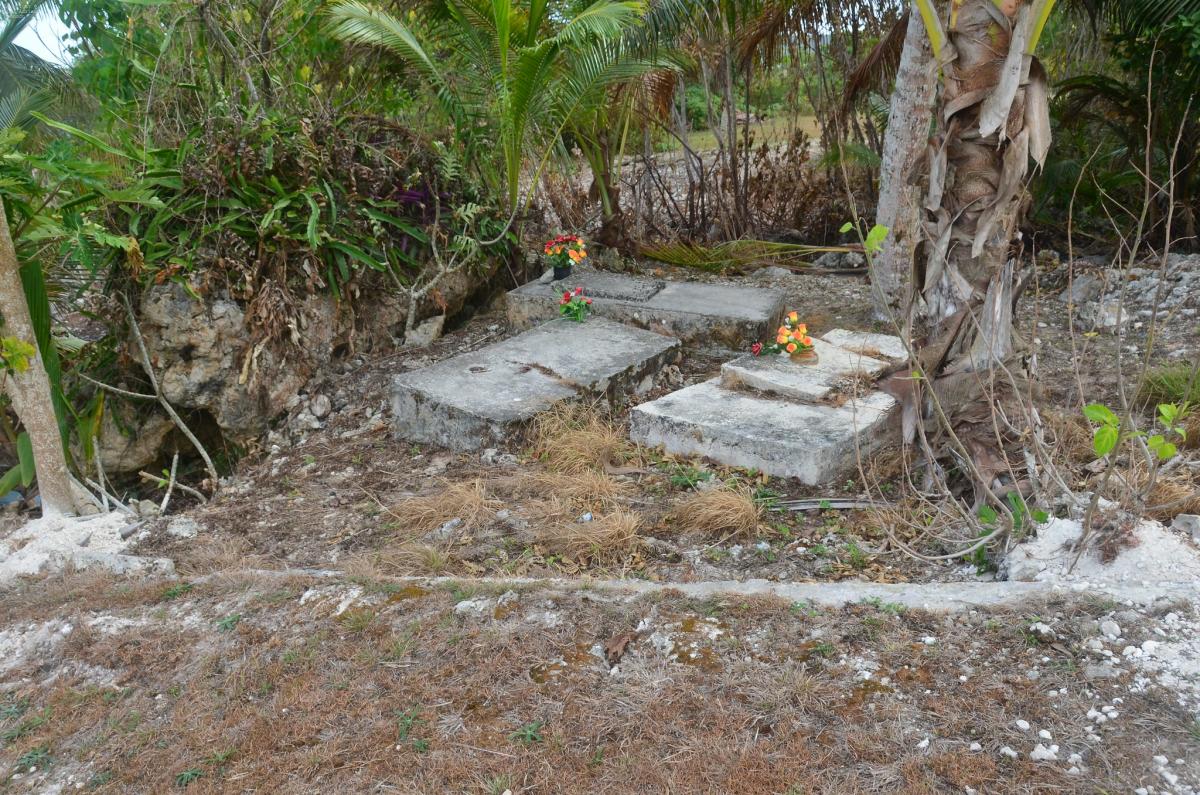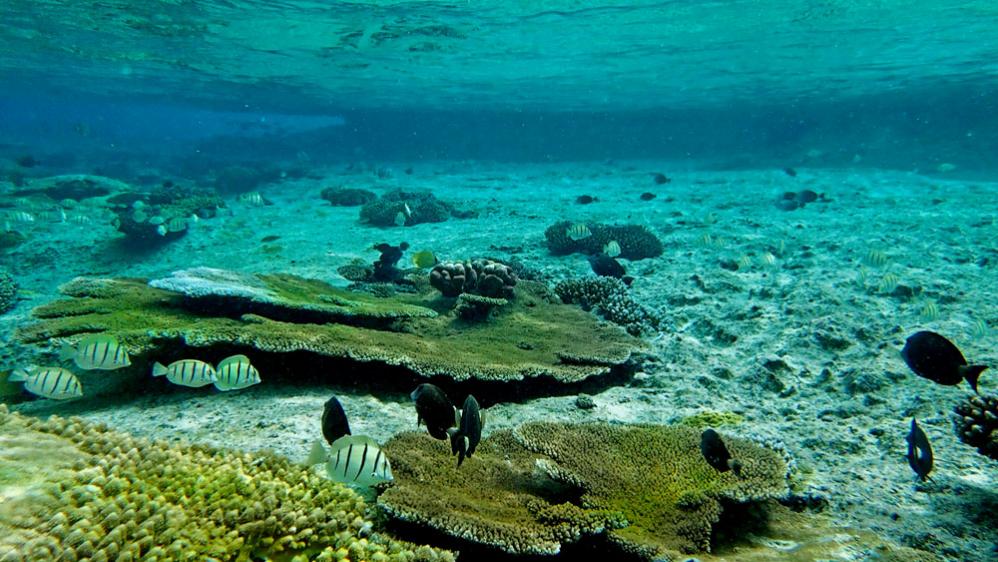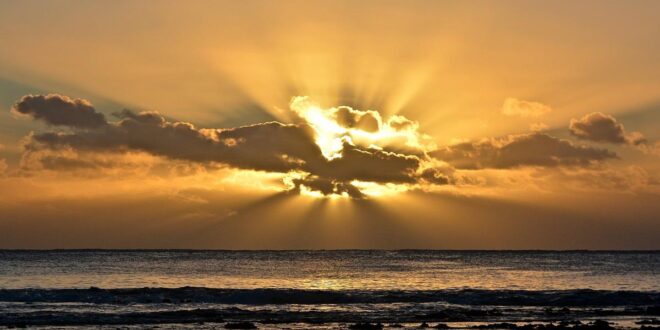Jacek, SP5EAQ will be active as E6AQ from Niue Island, IOTA OC – 040, 22 October – 9 November 2024.
He will operate on 80 – 10m, including activity in CQ WW DX SSB Contest.
Recent DX Spots E6AQ
E6AQ Log search QSL via SP7DQR, LOTW, ClubLog.
Niue
The name of the island of Niue literally translates to “Look! Coconut!”. In 1774, an expedition led by James Cook arrived here, and the natives were not at all friendly. Because of this, the island was officially renamed Savage, which literally means “wild”, “savage”. Niue was able to get rid of this stigma only in 1974, when it gained independence from New Zealand and voluntarily joined it as an independent island state.
 Niue Island. Author – Lynne.
Niue Island. Author – Lynne.
A tropical island ruled by a European monarch
Niue is located east of the Kingdom of Tonga, in the eastern Pacific Ocean, and is geologically an extinct volcano. It has an area of only 261 km² and a population of less than 1,600. Along with the natives, many migrants from Asia and Europe live here. However, there are 15 times more Nui’e natives living in New Zealand than on the island itself. Niue is sometimes confused with Niua, which is the name of a group of two islands that are part of the Kingdom of Tonga.
The capital is named Alofi, but it is more of a village than a town. Alofi is located on the western part of Niue and consists of just one street. Near this street is the only international airport on the island. Also in Alofi is the Opahi Landing, where James Cook tried to land, but instead of being greeted, he was stabbed with a spear. There are no towns as such on Niue, and there are 14 rural settlements. The total length of roads does not exceed 230 km, and the only highway goes around the perimeter of the island.
English and the Niue language are recognized as official languages. The writing of Niue is based on the Latin alphabet, but uses only 17 letters from it. The formal head of the island is British Queen Elizabeth II, but in reality the affairs of the state are run by the Prime Minister. There are so many political activists here that a whole one political party has been recruited from them, and the parliament consists of three deputies. Niue has its own soccer team, but no army of its own. The economy is not developed, the primary source of income remains New Zealand subsidies. However, Niue conducts its foreign policy independently from New Zealand.
Trade on the island is conducted with the use of the New Zealand dollar, at the resorts you can also pay in Australian or American dollars. In parallel with them there are collectible dollars of Niue, which are of great interest to numismatists (they depict coral islands). Cash is better to exchange in advance in banks of New Zealand, but it is not necessary to do it, as travel-checks and bank cards are accepted everywhere on the island.
Due to the lack of mountains, the weather and climate conditions here are rather monotonous: on average +28°C throughout the year. From January to March it rains on Niue, and for tourist visits the most favorable period from March to November. The time difference with the Moscow time zone is 15 hours.
 Niue Island. Author – Adrian Johnson.
Niue Island. Author – Adrian Johnson.
A visa is required, but a foreign one
There are limited direct flights to the island, so tourists will have to make a connection in New Zealand, Thailand, Singapore, Japan, Hong Kong, UAE or South Korea. Depending on the chosen route, they may need a double transit visa.
When crossing the border of Niue, foreigners should have a standard set of documents: passport, confirmation of hotel reservation, proof of financial solvency and tickets confirming the intention of the tourist to leave the island after some time.
Pets from other countries are not allowed on Niue, and coral, bones, leather goods from local animals and reptiles are not allowed to leave the island.
An island without beaches
In 2005, Niue was hit by a cyclone so powerful that its infrastructure has not been able to recover to this day. However, to the delight of tourists, free wi fi is available throughout the island.
There are practically no beaches here: the shores are rocky and steep, the descent to the water is difficult. The best beach is considered Palaha, where you can admire the stalactites. For snorkeling you should go to the underwater oceanic hollow Snake Gally, and for a beach vacation – to the resort of Avatele, where you can go out to sea to fish. Diving is best in Limu Pools, where there is a coral reef with caves underwater, in Lakepa, where you can swim through underwater cave tunnels, and near the underwater cave complexes of Talava and Matapa Chasm.
Mutalau organizes annual golf tournaments in June. Also, visitors will be interested to admire the festivals of local culture, which are held in each village.
All tourists on Niue should definitely go to the forests of “tapu” for hiking and to the Anono Marine Reserve. In the Huvalu Land Reserve you can admire a beautifully preserved corner of the ancient rainforest. The protected area of Tauga Peka boasts a variety of amazingly picturesque fauna. Incredible stalactites await photographers in the Avaiki Cave.
The main man-made attractions on the island include the Huanaqui Cultural Center and Museum (the store at the Women’s Club is where tourists buy souvenirs from local artisans), the elegant Ekalesia Church, the burial place of missionary Nukai Peniamin (thanks to him the spread of Christianity began on the island), and the Experimental Farm, where new crop and livestock technologies are tested. In the village of Tamakautoga there is a memorial created in honor of the soldiers of the First World War. The deserted museum village of Fatiau-Tuai was once inhabited, but its inhabitants fell victim to an epidemic of an unknown eye disease and moved elsewhere.
 Niue Island. Author – Colin Cock.
Niue Island. Author – Colin Cock.
Fern treats and ecotourism for the rich
Vegans and vegetarians are sure to enjoy the island: meat is not eaten at all and only on holidays are pork-based dishes included in the menu. Funny enough, the full name of the island is Niue-fekai, which translates roughly as “Cannibal Coconut Palm”. There is no evidence that the natives of Niue ever practiced cannibalism, historians have no evidence. Also in ancient times, Niue was called the “Lonely Island”, “Nuku-tu-taha”.
Today, the food here is made mainly of vegetables, greens, breadfruit, bananas, papaya, sweet potatoes, peppers, yams, coconuts, fish and seafood. Those with a sweet tooth should definitely try a local dessert made from the root of the plant “ti”, and connoisseurs of exotic cuisine – boiled or baked fern “luku”. The main local delicacy is considered to be coconut crabs “uga”, aka “unga”.
The inhabitants of Niue have high hopes for the near future: they plan to develop premium ecotourism here. The fact that a quarter of the island is still covered with virgin tropical forests and the part of the Pacific Ocean in which Niue is located is recognized as a protected area gives them confidence in success.
E6AQ. Where is Niue Island located. Map.
E6AQ Niue Island. Sunrise 07-02-2024 at 17:52 GMT sunset at 04:55 GMT
 Organisasi Amatir Radio Indonesia Daerah Sulawesi Barat
Organisasi Amatir Radio Indonesia Daerah Sulawesi Barat
